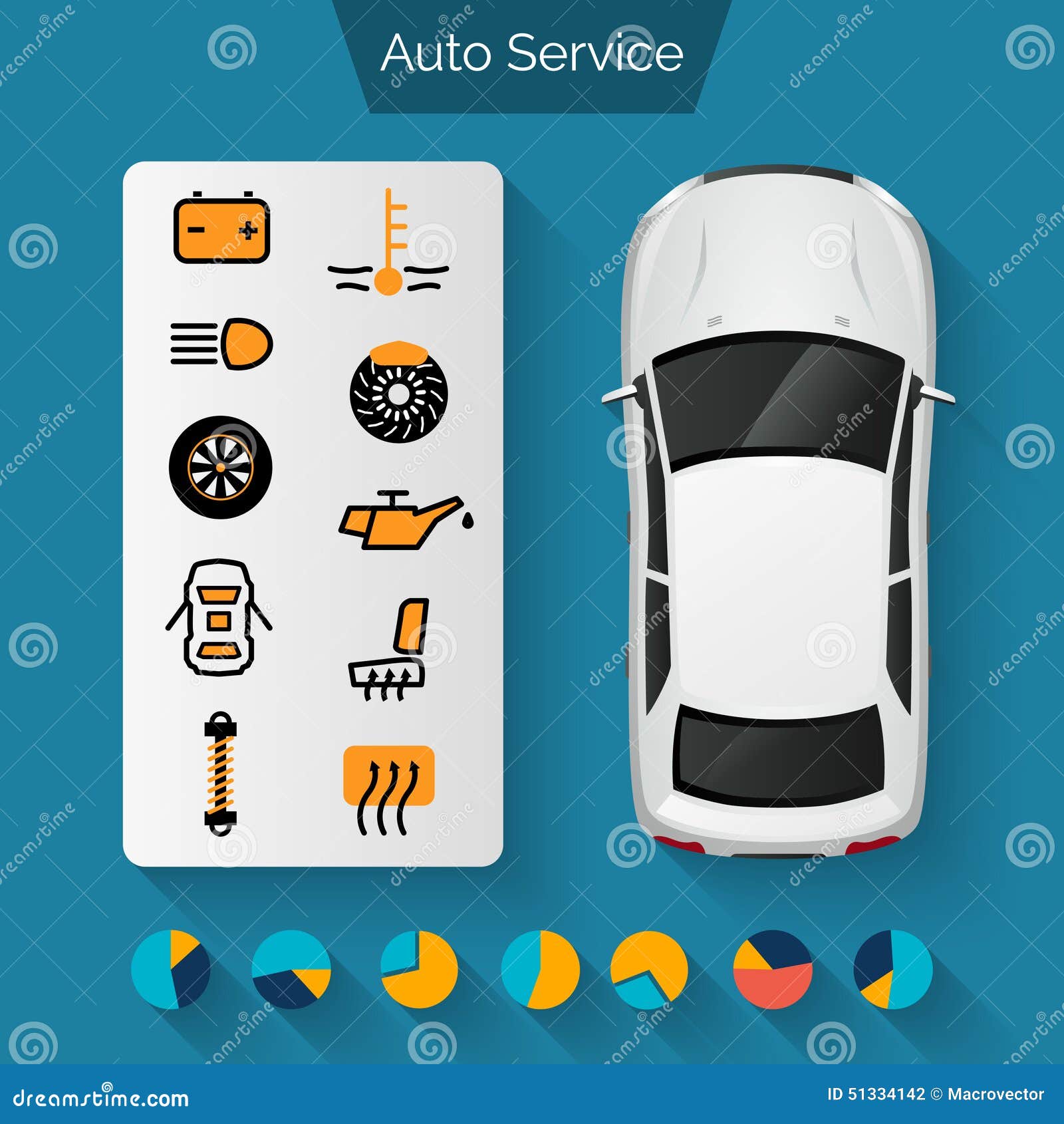Intrigued In Recognizing The Warning Lights On Your Car'S Control Panel? Discover Their Value For Your Car'S Safety And Overall Condition
Intrigued In Recognizing The Warning Lights On Your Car'S Control Panel? Discover Their Value For Your Car'S Safety And Overall Condition
Blog Article
Writer-Sykes Gilbert
When you're behind the wheel, those beautiful warning lights on your dashboard can be a bit complicated. Do you understand what they're trying to inform you concerning your vehicle's wellness? Comprehending the relevance of these lights is crucial for your security and the longevity of your vehicle. So, the next time one of those lights appears, would not you intend to decipher its message properly and take the required actions to address it?
Common Caution Lights and Interpretations
Identify usual caution lights in your car and comprehend their definitions to make sure risk-free driving.
One of the most typical caution lights include the check engine light, which signals issues with the engine or discharges system. If this light begins, it's vital to have your automobile checked without delay.
The oil stress cautioning light suggests reduced oil stress, requiring immediate interest to stop engine damages.
A flashing battery light may suggest a malfunctioning billing system, potentially leaving you stranded otherwise dealt with.
The tire pressure monitoring system (TPMS) light notifies you to reduced tire stress, affecting car stability and fuel effectiveness. Overlooking this can bring about dangerous driving problems.
The abdominal light shows a trouble with the anti-lock stopping system, jeopardizing your capacity to stop swiftly in emergency situations.
Finally, the coolant temperature cautioning light warns of engine overheating, which can lead to severe damage if not resolved quickly.
Comprehending these usual warning lights will certainly help you deal with problems promptly and preserve safe driving conditions.
Relevance of Prompt Attention
Recognizing the common warning lights in your cars and truck is only the initial step; the relevance of without delay dealing with these cautions can't be stressed sufficient to guarantee your security when traveling.
When a warning light brightens on your control panel, it's your car's way of connecting a potential problem that needs interest. Ignoring these warnings can result in much more severe troubles down the road, jeopardizing your safety and potentially costing you a lot more in repairs.
https://fox5sandiego.com/automotive/spend-less-at-the-pump-with-these-fuel-saving-tips/ to advising lights can avoid failures and crashes. For instance, a blinking check engine light could suggest a misfire that, if left neglected, can cause damages to the catalytic converter. Resolving this without delay can save you from an expensive repair service.
Similarly, a brake system alerting light may signal reduced brake fluid or worn brake pads, vital components for your security when driving.
Do It Yourself Troubleshooting Tips
If you discover a warning light on your dashboard, there are a couple of do it yourself repairing suggestions you can attempt before seeking professional assistance.
The first step is to consult your cars and truck's manual to comprehend what the particular caution light indicates. Occasionally the problem can be as simple as a loosened gas cap setting off the check engine light. Tightening the gas cap may settle the trouble.
Another usual issue is a reduced battery, which can trigger various cautioning lights. Examining the battery links for rust and ensuring they're secure might take care of the issue.
If a warning light persists, you can attempt resetting it by disconnecting the automobile's battery for a couple of mins and afterwards reconnecting it. Furthermore, checking your automobile's liquid levels, such as oil, coolant, and brake fluid, can assist repair advising lights connected to these systems.
car deep clean
To conclude, understanding your vehicle's caution lights is crucial for keeping your automobile running efficiently and safely. By immediately attending to these alerts and knowing what they mean, you can prevent costly fixings and possible failures.
Bear in mind to consult your vehicle's manual for certain details on each cautioning light and do something about it accordingly to make certain a trouble-free driving experience.
Stay informed, remain safe when driving!
